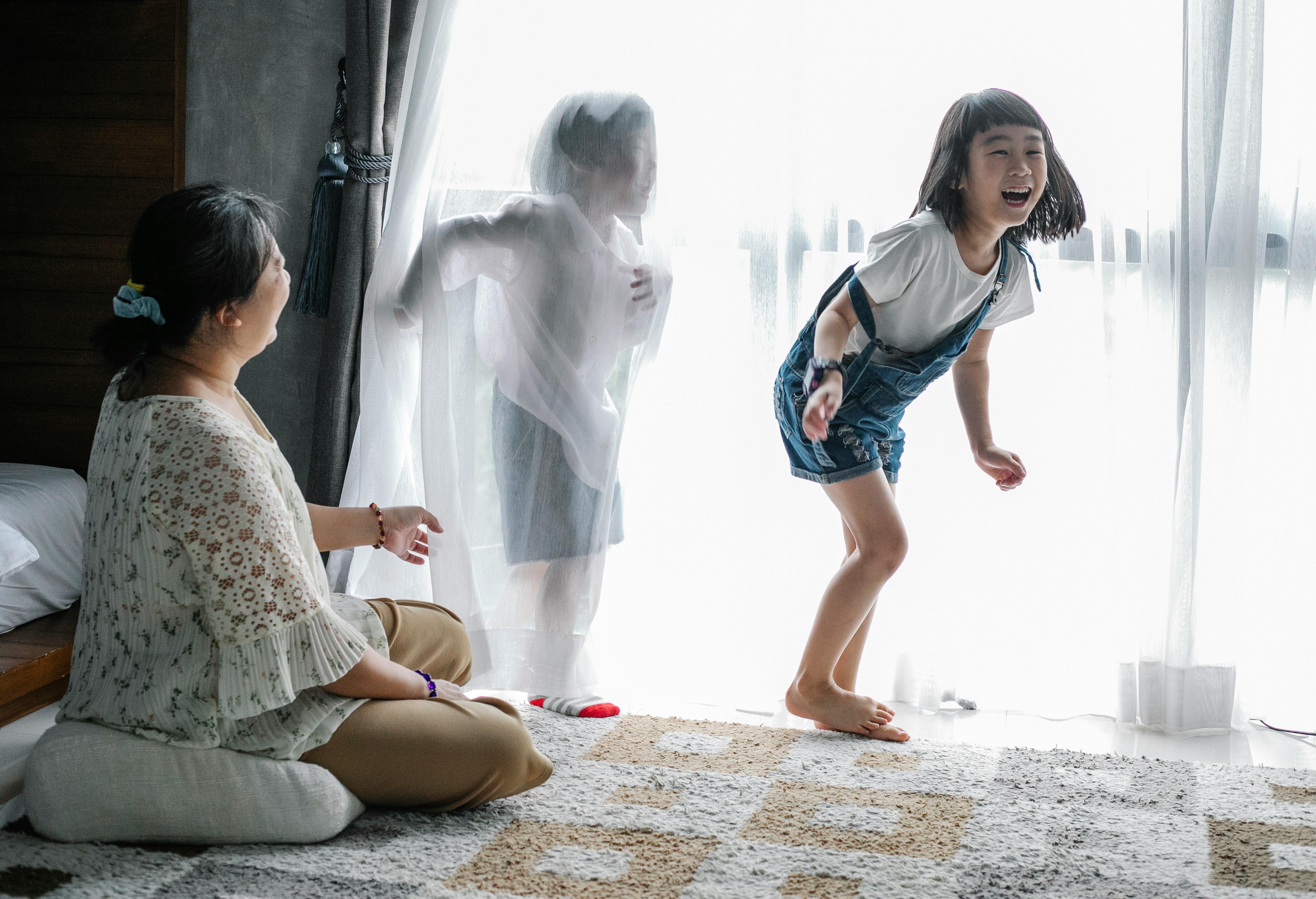Although the application of CCTV security has not changed much in recent years, the tools and equipment have changed significantly. Cameras got smaller, cheaper, and better, but the biggest advance came in recording equipment.
Therefore, many customers who purchase complete CCTV recording and monitoring systems are confused by the variety of products available. The purpose of this article is to guide buyers to the best and most affordable type of CCTV equipment possible, depending on the intended implementation and requirements.
Selection of suitable cameras.
It is practically impossible to describe all the available types in this short article. Instead, we will focus our attention on the most popular and widely used camera types.
CCTV security cameras produce images using CMOS or CCD (Charge Couple Device) chips. Tiny, very low-priced CCTV cameras generally use CMOS technology, produce poor-quality images, and have very poor sensitivity to light. Decent quality CCTV cameras use CCD technology. The size of the CCD chip is typically 1/4″, 1/3″ or 1/2″. As a general rule, the larger the size, the higher the quality of the image produced and the higher the price. However, Higher density 1/4″ and 1/3″ CCD chips can now produce as good an image as many 1/3″ or 1/2″ chips.
The number of TV lines in the security camera image is a measure of the image’s resolution (sharpness). The higher the number of TV lines, the better the resolution and therefore the overall quality of the picture. The standard resolution camera can have 350 to 380 lines; more than 400 TV lines is generally considered good resolution, while more than 500 TV lines is considered high resolution. Black and white chip cameras produce higher resolution and better light sensitivity, making them suitable for use in dark areas where light conditions are poor most of the time.
On the other hand, color cameras offer a more realistic and natural image. CCTV cameras are generally divided into different types based on the camera body used.
Professional-grade cameras.
It has a box-type body with the ability to use different types and sizes of lenses. Interchangeable lenses allow this camera to monitor objects from virtually any distance. Although for indoor use, they can be used outdoors when paired with a weather-resistant casing. They are considered the most flexible and widely used by professionals for commercial installations.
bullet cameras.
Bullet cameras are, as the name suggests, contained within a bullet-shaped housing.
Most bullet cameras are weather resistant and sealed without the ability to use different lenses. The big advantage of the bullet camera is the small size and integrated design, some bullet cameras will even have built-in infrared LED in the future. Infrared technology is simply LED light in the infrared spectrum (not visible to the human eye). This light will illuminate the viewing area, making monitoring possible in complete darkness. This is a great future, but it only works up to a certain distance (usually between 10 and 50 feet, depending on the model). Varying, simple to install, and aesthetically pleasing in design, bullet cameras are a great choice for residential and DIY installations where you monitor objects. are about 25 feet from the camera location (with standard 3.6mm lens).
On-board cameras.
Board cameras are basically fixed lenses mounted on a circuit board. These cameras can be packaged in a small box (Mini Cameras) or dome (Mini Dome) or simply sold without packaging, to be assembled by the buyer. The lenses on these are either a normal industrial aperture or a very small aperture “pinhole” lens. Cameras with pinhole lenses are often referred to as “spy” cameras and can be mounted inconspicuously for covert surveillance purposes. The most popular examples of indoor cameras are smoke detectors and motion detector cameras.
Since on-board camera lenses are pre-assembled, have a fixed iris, and are typically short focal length (ie wide angle), their flexibility in utility is limited. However, this type of camera can provide a low-cost solution in the right situation, particularly in a home environment. We have briefly described the most popular types of cameras, now let’s discuss how and where they can be used.
Professional types with C/CS mount lens accessory generally offer the best performance and many important futures such as lens control output, backlight compensation and many more…
The distance from the monitoring object to the camera is not an issue, which is why the ability to select different lenses, depending on the location, is so important. Installation is a bit tricky and professional installation is highly recommended. We recommend this type of security cameras for commercial installations.
By comparison, most bullet cameras don’t offer high resolution or flexibility in lens selection, but they’re likely to be weatherproof, some will have infrared light built in, and most of all, they’re relatively easy to implement. They usually come with 3.6mm lenses which are considered suitable for most standard installations (good for covering small to medium sized rooms or equivalent).
For larger rooms or longer distances, cameras with 6mm or larger lenses may be required. They are an excellent choice for any DIY installation.
On-board cameras, on the other hand, are widely used in covert camera installations, sometimes called spy cameras. Many are basically plate with built-in transmitter. We’re not going to get into wireless cameras at this point, as this would be enough material for a whole new article.
Plate cameras are sold as a simple circuit board, to be integrated into hidden camera devices. They are also available in dome housing, as popular dome camera or integrated with smoke detector, motion detector, exit sign, etc. Most also come with 3.6mm lenses, although some allow you to replace the lens.
Over time, the most practical design has been the dome camera with its aesthetic appearance that blends into the environment, especially with pop-up sealing, ideal for use in stores, lobbies, gas stations and other public places. The practical solution for covert installation is also smoke and motion detector cameras, which are in no way a substitute for your security alarm or fire protection. They should always be selected based on camera location (indoor/outdoor), distance from the tracking object, lighting conditions, and budget.
When buying security cameras, customers are faced with the fact that they will have to select one or the other recording device.
The days of the well-known CCTV time-lapse video recorders are almost over.
Although some customers still prefer this older recording solution, it’s worth spending some extra money to buy a good quality DVR. The digital recorder transfers the video feed from the analog camera to digital format and stores it on the hard drive. There are two main types of digital recorders on the market right now.
PC based systems.
A special board and software installed on the computer will allow the camera inputs and store the video on the hard drive.
Many people are under the misconception that a personal computer with additional hardware installed will do the job. This explains the hundreds of companies that put up billboards, took out a few ads, and started working on bases and garages, posing as DVR manufacturers and security specialists. The main problem of this type of CCTV recorders lies in the main component of it… Yes, it is a computer, designed to do unlimited tasks, but not well. The truth is that any computer-based digital video recorder is and will always be vulnerable to software failures, crashes, system instability, virus-related issues, etc.
Independent systems.
Very similar in appearance and control features to standard VCRs, they are truly remarkable devices. Most of the video processing is done by hardware, so by eliminating system hang-ups, the video is also stored on the hard drive in digital format. The basic operating system, usually Linux, is permanently stored on a special processor, which is impossible to overwrite or corrupt. Designed and built with a single application in mind, it is far better in performance and reliability than its PC-based rival.
Some DVR systems will even have remote monitoring capability, useful when monitoring in different locations over the Internet or network is required. The most important futures to consider when selecting the right DVR recorder are motion detection and frame rate. The higher the frame rate, the smoother the video recording. Motion detection will allow recording video from each camera only when motion is detected; this is great to extend video recording time.
Security monitors.
The video from the security recorder could be displayed on a normal TV monitor. It’s fine to do it this way, for baby monitoring or residential applications, when image quality isn’t that important. However, for professional installation, security monitors are just as important as cameras. They offer longer picture tube life (necessary with any static image, which can lead to image burnout) and much higher resolution.
Wires and wiring.
Finally, any camera installation will require proper wiring. A good quality cable will prevent video degradation over long distance runs. It is recommended to use RG59 or RG6 coaxial cables as they are fully shielded and will prevent video loss for up to 400ft. Coaxial cables will require BNC connectors and proper installation possibly by an experienced technician. On short runs, plug and play non-coaxial cables with factory-installed BNC connectors can be used (up to 150 feet). Plug and play cables are easy enough for inexperienced users to install.
CCTV camera cables consist of two cables bundled together in a jacket. One cable for video and one for power supply.
Conclusion.
Every CCTV system is only as good and reliable as its weakest component. With this in mind, investing in cameras of the highest quality and performance, while buying a recorder of low performance, from an economic and practical point of view, simply does not make sense.
For example, why use CCTV cameras with 500 TV lines of resolution with a monitor that offers only 380 or less? All the benefit of the high resolution camera is emotionally sacrificed for the limited capability of the monitor. It’s important to ask questions before purchasing a video security system, and your provider will likely be able to provide more details and recommend equipment for specific needs and requirements.



